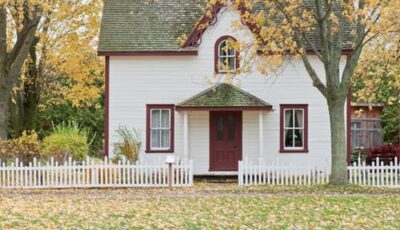
Whether you’re looking for a home for your aging parents or making preparations for your retirement years in the future, it’s important to have a plan in place to choose the finest retirement community for your specific requirements.
Residential neighborhoods vary from one municipality to another, and retirement communities offer various ways of living alternatives to suit different requirements. However, while many of your decisions will be based upon personal preference, it may be quite beneficial to assess retirement homes using a consistent set of criteria throughout all of your choices.
Different Types of Senior Housing Communities
Finding a suitable senior retirement home can be a very stressful experience. Other than a medical problem or the desire for a lifestyle change is the driving factor behind the move, and it’s necessary to evaluate the current situation and look at all the options before making a decision. There are many types of elderly housing communities. Each one provides different services based on the residents’ lifestyle, and learning more about this helps you choose a healthy, comfortable, and more fulfilling place for yourself or your loved one.
Nursing Care Communities
Patients at nursing homes have access to a wide range of medical and personal care treatments. Most assisted-living facilities focus more on healthcare than this one. Many of these programs include 24-hour monitoring, three meals a day, and help with regular tasks. Physical, occupational, and speech therapy treatments are also used.
After a stay in the hospital, some patients are transferred to a nursing home. Following their recovery, they will go back to their normal lives. However, as a result of their ongoing medical conditions that need constant care and monitoring, most nursing home patients permanently stay in the facility.
Independent Living Communities
People who live in independent senior living residences have a specific age limit. There are numerous benefits to staying in a separate community for people over 55, including a variety of social activities, easy-to-manage housing, transportation alternatives, and the ability to socialize with others of a similar age.
Most of the time, no care or personal help is provided. Instead, the focus is on golf courses, tennis courts, fitness centers, beauty salons, and restaurants that can attract retirees. People who plan to downsize after retirement or those who wish to travel regularly might consider this option if they are in good physical condition and active.
Continuing Care Retirement Communities
Comparable to independent living communities, continuing care retirement homes cater to the same age group. Residents must be at least 62 years old. Continuing care retirement homes usually consist of a campus layout with independent apartments and different senior community activities and facilities.
The primary function of continuing care retirement communities is to provide additional assistance when resident conditions change. The community might offer assisted living accommodations but not full healthcare to individuals who require it. They may also provide complete-service nursing care on campus or in a neighboring facility.
Conclusion
When you move to a senior living community, it can be challenging. Retirees and their families aren’t the only ones who will feel a lot of emotions during this change. It would be best if someone could help you decide. Family and friends may be a good source of support. There are many options for retirement communities, and your doctor can help you think about the positive and negative effects of each one.







